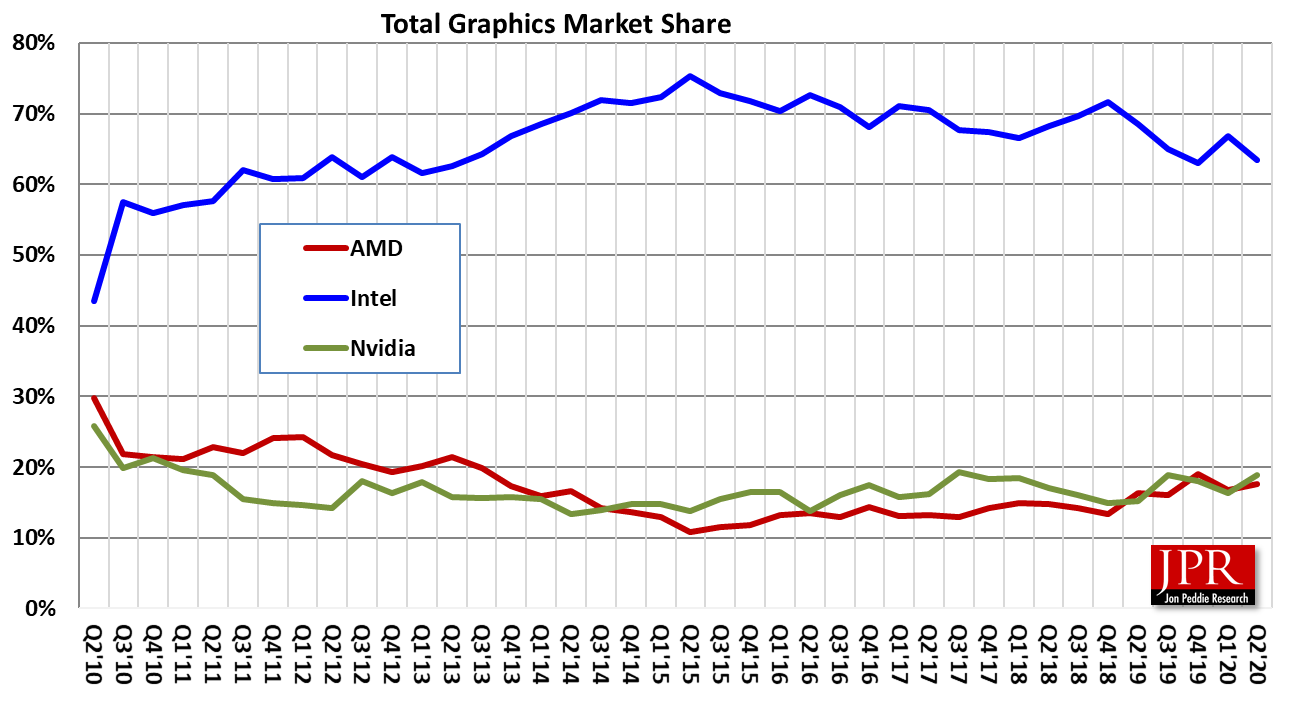GPUs, commonly known as GPUs, are vital components in contemporary computational technology, serving a key role in producing pictures and videos, powering gaming, and enabling advanced computations in areas like AI and machine learning. As technology progresses, the GPU industry has developed substantially, providing a range of options that satisfy different requirements. Recognizing the difference between built-in and separate GPUs is important for those looking to create or buy a system, whether for gaming, business applications, or everyday tasks.
Built-in GPUs are built into the identical chip as the CPU, making them a affordable solution for basic tasks and less demanding applications. They share system memory with the CPU, which limits their performance in relation to discrete GPUs, which are independent graphics cards with exclusive memory and processing power. Standalone GPUs are favored by gamers and industry experts alike for their superior performance and ability to manage intensive tasks. As we explore the distinctions between these two categories of GPUs, it will become clear how they fit into the broader landscape of the GPU market and what option might be best for your particular requirements.
Understanding Integrated GPUs
Integrated GPUs are graphics processing units that are integrated straight into the identical chip as the CPU. This design permits for a more compact and economical solution, making on-chip graphics ideal for routine computing tasks such as web browsing, office applications, and media playback. They are often present in notebooks and low-cost desktops, where size and power effectiveness are vital.
One of the key advantages of built-in GPUs is their ability to offer acceptable performance for not too demanding applications without the need for extra hardware. This integration means that users can enjoy a minimal system that does not require the extra PSU or thermal solutions that discrete GPUs usually require. As a result, on-chip graphics can be an appealing option for users who emphasize portability and power efficiency over extreme gaming or intensive graphical applications.

However, on-chip GPUs usually lack the performance and dedicated memory that separate GPUs provide. This limitation can impact performance in graphic-intensive tasks like gaming, three-dimensional rendering, or editing videos. As the GPU market continues to develop, built-in solutions have evolved considerably, but they still tend to lag behind when compared to their separate counterparts in terms of overall performance and ability.
Investigating Dedicated GPUs
Discrete GPUs are distinct graphics processing units that provide dedicated power for creating images and videos. In contrast to built-in GPUs, which share resources with the CPU, discrete GPUs operate autonomously, which allows them to process more intricate graphics tasks efficiently. This makes them a popular choice among gamers, multimedia professionals, and anyone who requires high graphics performance.
In the GPU market, discrete graphics cards are produced by multiple leading manufacturers, most notably NVIDIA and Navi. These companies offer a selection of products catering to diverse user needs, from entry-level options for light gaming to high-end models designed for demanding applications like 3D rendering and artificial intelligence computation. The rivalry among these manufacturers has driven developments, resulting in more capable and high-performance GPUs being released regularly.
One key advantage of standalone GPUs is their modularity. gpuprices can conveniently replace or upgrade their graphics card to improve capability or take advantage of new technology without changing the entire system. This adaptability allows for a more customized computing experience, especially for gamers and professionals who wish to remain current with progress in software and interactive entertainment. As the desire for top-notch graphics continues to grow, discrete GPUs are certainly to remain a essential component of the computing ecosystem.
Choosing the Right GPU for Your Needs
When choosing a GPU, it is important to consider your specific usage requirements. If you primarily perform common tasks such as web surfing, document editing, or streaming content, an integrated GPU might be sufficient. These GPUs are included into the CPU and offer adequate performance for standard functions without the need for a separate graphics card. They provide energy efficiency and lower costs, making them suitable for cost-sensitive users or occasional gamers.
Alternatively, if you are participating in more intensive activities like gaming, 3D rendering, or video editing, a discrete GPU is likely the superior choice. Discrete graphics cards come with additional memory and processing power, allowing for enhanced performance in graphics-intensive applications. For gamers looking for high frame rates and better visual fidelity, a discrete GPU is essential. Additionally, those engaged in design software or simulations will find that a dedicated graphics card can significantly enhance productivity and workflow.
Lastly, it is crucial to assess your budget and the GPU market landscape. Prices can fluctuate based on market conditions, availability, and technological developments. When purchasing a GPU, consider future-proofing of your setup by opting for a model that meets not only your current needs but also possible demands. Being aware of the variances between integrated and discrete GPUs will enable you to make an informed decision customized to your specific requirements and budget constraints.
